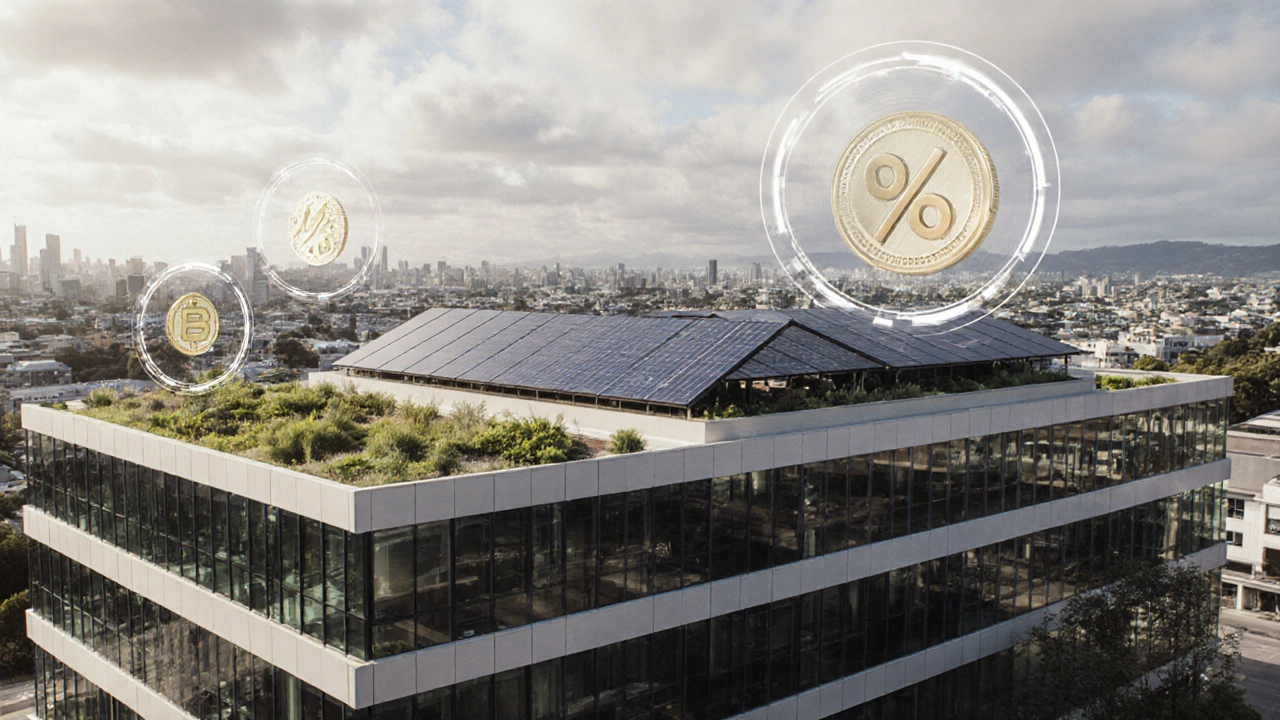Green Building Downsides – Real‑World Challenges and What to Watch For
When talking about green building downsides, the hidden hurdles that come with eco‑focused construction, from cost spikes to performance trade‑offs. Also known as sustainable construction challenges, this topic matters to anyone planning a new home, a renovation, or even a cottage retreat.
One of the first bumps you’ll hit is the price tag. Eco‑friendly glamping, luxury camping setups that use solar panels and natural materials often cost more upfront because they rely on specialized installers and certified products. Tiny houses, compact dwellings designed for low impact living illustrate the same pattern: the initial outlay can be steep, even if long‑term savings look good on paper. Yurts, portable round shelters praised for low material use face similar cost‑versus‑benefit questions, especially when insulation and durability are factored in.
Beyond money, green building can bring technical headaches. Using sustainable materials, like reclaimed wood or low‑embodied‑carbon bricks often means stricter supply chains and longer lead times. That translates to project delays and sometimes compromises in design flexibility. Energy efficiency claims are real, but they depend heavily on proper installation; a poorly sealed window can erase any heating‑season gains. The trade‑off here is clear: green building downsides require meticulous planning and skilled labor, otherwise the promised performance drops.
Key Challenges of Green Building
First, the financial side: upfront costs for certified insulation, high‑efficiency HVAC, and renewable energy systems can be 20‑30 % higher than conventional builds. Second, material limits: some eco‑options, like hempcrete or straw‑bale walls, need extra maintenance and aren't always suitable for damp climates. Third, performance uncertainty: real‑world energy savings often fall short of modelled figures because occupant behavior varies. Finally, resale value can be a mixed bag—buyers love green credentials but may shy away if they’re unsure about long‑term upkeep.
These issues connect in a chain of cause‑and‑effect. Green building downsides encompass higher upfront costs, which in turn can limit budgeting for quality installation, leading to performance gaps. Performance gaps then raise maintenance needs, pushing long‑term expenses higher. This loop is why many owners end up juggling the eco benefits against a practical budget.
For anyone weighing a green project, the smart move is to run a detailed life‑cycle cost analysis. Look at not just the sticker price but also the expected energy bill, maintenance schedule, and possible incentives. In many cases, government grants or tax breaks can offset part of the cost, but they’re not guaranteed and often come with paperwork. Knowing the local market for sustainable materials helps avoid surprise delays.
If you’re already in the market for a cottage getaway, the same principles apply. A charming UK cottage built with green methods may have a lower carbon footprint, but you’ll want to check the heating system’s reliability, the durability of any natural stone or timber cladding, and the availability of local service providers. The same due‑diligence you’d apply to a boutique hotel or glamping site works here, too.
Below you’ll find a curated set of articles that dive deeper into each of these angles. From the cost breakdown of boutique hotels to the real energy numbers behind tiny houses, the collection gives you practical insights you can use right away. Keep reading to see how the downsides play out in real examples and learn tips for turning potential drawbacks into manageable steps.
Downsides of Green Buildings: Hidden Costs and Challenges
Explore the hidden drawbacks of green buildings, from higher upfront costs and embodied carbon to maintenance challenges and resale uncertainty, with practical tips to manage them.
- Oct, 4 2025
- 0 Comments
